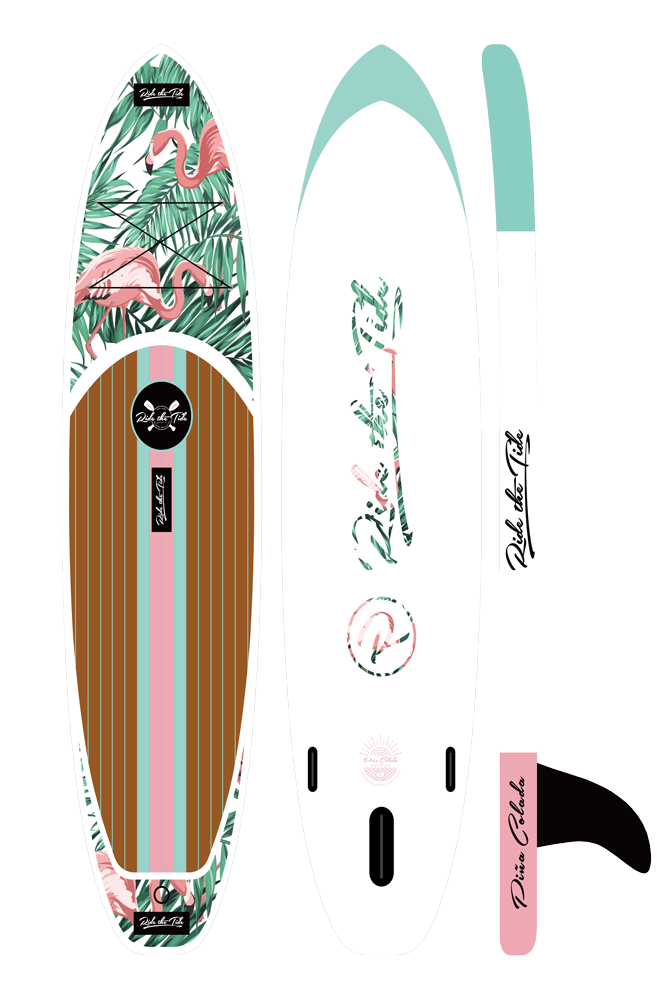
14-12-2017 / BLOG
5 SUP Balance Tips for New & Experienced Paddlers
BLOG
So, you’ve mastered the bases of SUP boarding, but you’re still having trouble with your balance? Perfect balance on a SUP takes plenty of time, practice and patience (and quite a bit of falling into the water). As land-based animals, our brains aren’t used to staying balanced with water moving around beneath us. Working on improving your balance will make you a more efficient paddler boarder and give you better control over the paddleboard in all sorts of conditions.
When it comes to SUP balance, the first thing you need to do is make sure that your board is appropriate for your height, weight and experience level - if you’re not sure whether your board is right, contact us.
Once you’re sure you’ve got the right board, you can move on to these 5 tips for improving your SUP balance:
Practice at Home with a 'Balance Board'Balance boards rock back and forth from a central balance point, and provide a similar feeling to standing on a paddleboard that is tipping from side to side. Balance boards are simple to use and provide a great, challenging work out that you can tailor for your balance weak points. You can even grab a broom or your paddle and practice your paddle stroke technique as you are balancing on the board. This will improve your reactions to rough water and boat wakes (the choppy trails that boats leave behind) when you’re on the water. We recommend that you practice balancing on your balance board at least a few times per week.
Strengthen Your CoreA major part of improving your balance is improving the strength of your legs and your core. You can do this with a range of exercises including pilates, yoga, balance boards, squats, pull-ups, trail running or skateboarding. You can also just paddleboard frequently (ideally in varying conditions) and your strength will build up over time!
Practice Pivot/Step Back TurnsPivot (or ‘step back’) turns involve stepping back towards the tail of your board and sinking in into the water as you use your paddle to spin around in place. A pivot turn is relatively easy to learn and will allow you to make tighter, more efficient turns when catching waves or simply navigating the waters. The aim when practicing pivot turns is to keep stepping back until your balance is challenged, and then to maintain this balance as you turn around. Don’t worry about falling in - it’s the falls that will make you a better SUPer.
Paddle Through Boat Wakes
Once you are able to balance on calm water, you can challenge yourself by paddling through boat wakes. You can try paddling across these wakes or you can paddle parallel to them - your board will become unstable and attempting to maintain your balance will be a great challenge (it helps if you bend your knees and spread your feet to absorb the waves).
Don't Give UpThe best strategy for improving your SUP balance is to just keep practising and challenging yourself in different (but safe) conditions. Try SUPing on lakes and in the ocean, try on-board yoga, ride in light winds and in boat wakes - challenge yourself and you will continue to improve.
If you have any questions about the content of this post, don’t hesitate to get in touch.
 Loading... Please wait...
Loading... Please wait...



